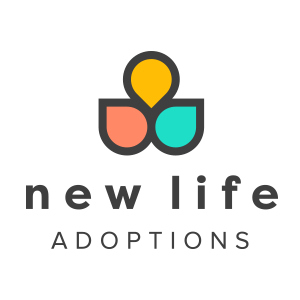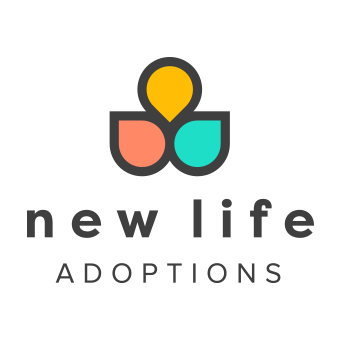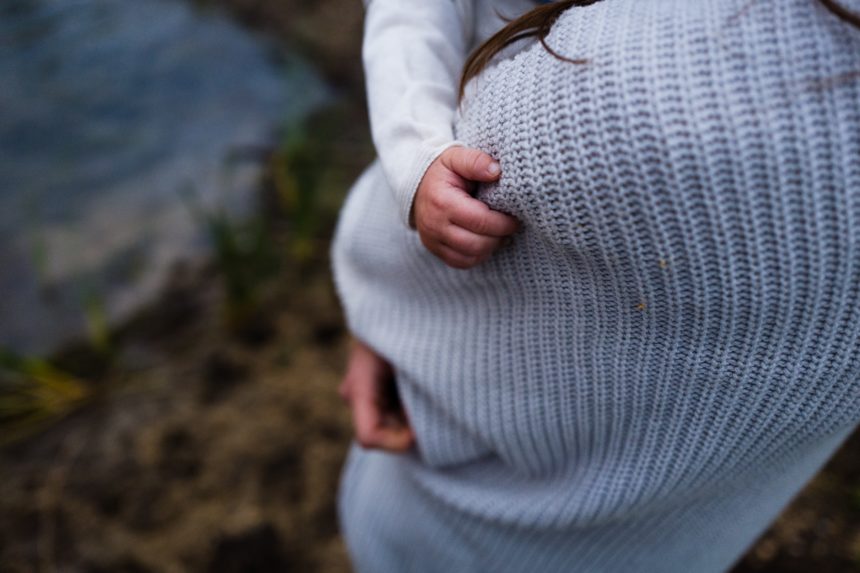We hear a lot about attachment when it comes to parenting, especially adoptive parenting.
What is attachment?
While it’s easy to confuse attachment and bonding, attachment refers to a child’s emotional connection to his/her parents, and bonding refers to the parents’ feelings and connection to the child. Attachment is the deep and enduring emotional bond that connects one person to another, across time and space. Attachment theory in psychology originated with the work of John Bowlby in 1958. Bowlby, along with developmental psychologist, Mary Ainsworth, furthered their work in the 1960s and 1970s by focusing on the attachment of infants to their caregivers. Attachment theory determined that a child’s early attachments provide the template for all future relationships the child will have (Ainsworth, 1973; Bowlby, 1969).
While it’s easy to confuse attachment and bonding, attachment refers to a child’s emotional connection to his/her parents, and bonding refers to the parents’ feelings and connection to the child.
Attachment In Utero
In adoption, every child’s first attachment began in utero to their birth mother. During pregnancy, the child can hear and recognize their mother’s voice and the environment she lives in. If she reads the same story while pregnant or listens to her favorite song, the child will hear that and recognize it if heard again after birth. Because of this, every child who is adopted has also had their first attachment broken, even a child that joins their adoptive family directly from the hospital.
Building and Repairing Attachment
A child can attach to new caregivers more easily when their first attachment was secure. However, even if the first attachment was not secure, there are ways to build and/or repair attachment to a new caregiver (the adoptive parent). This can also apply to situations where the child had multiple caregivers, unavailable caregivers, or when a child is adopted later in childhood. Building and repairing attachment takes time and intentional interaction regardless of the child’s age or previous attachments. It involves meeting their needs and providing both real and felt safety. This is the essence of the Trust Based Relational Intervention (TBRI®) method. This method was developed by Dr. Karyn Purvis and her team at the Karyn Purvis Institute of Child Development. To get an idea of what TBRI® is all about, check out this quick video explanation.
If this video piques your interest, I encourage you to check out the Empowered to Connect conference. This year, you can register for digital access to the full Empowered to Connect Conference through May 31, 2020. For more information or to register, click here.
References
Ainsworth, M. D. S. (1973). The development of infant-mother attachment. In B. Cardwell & H. Ricciuti (Eds.), Review of child development research (Vol. 3, pp. 1-94) Chicago: University of Chicago Press.
Bowlby J. (1969). Attachment. Attachment and loss: Vol. 1. Loss. New York: Basic Books.




